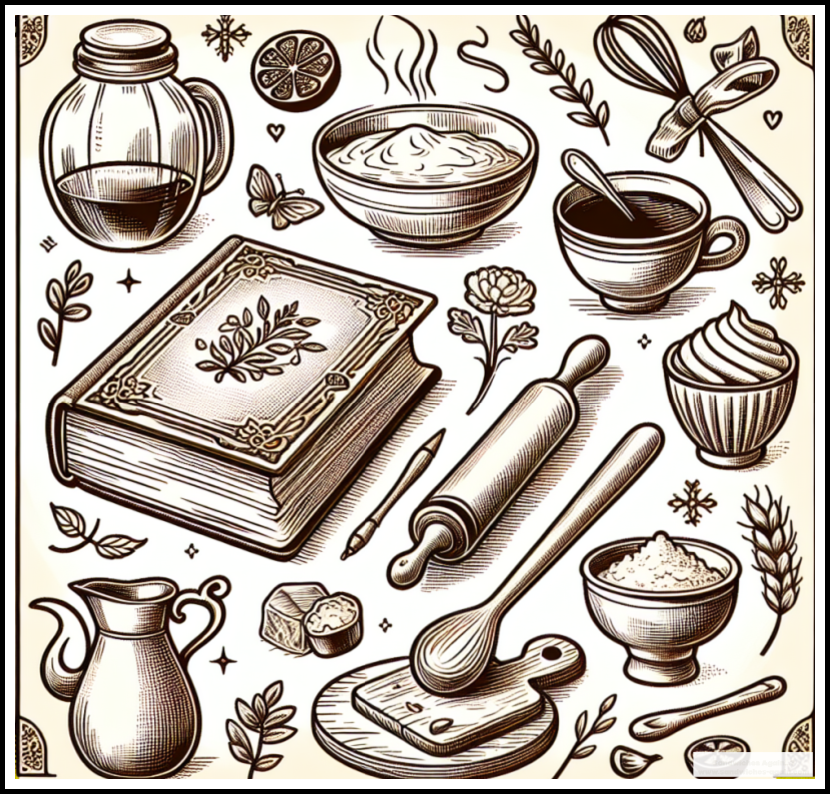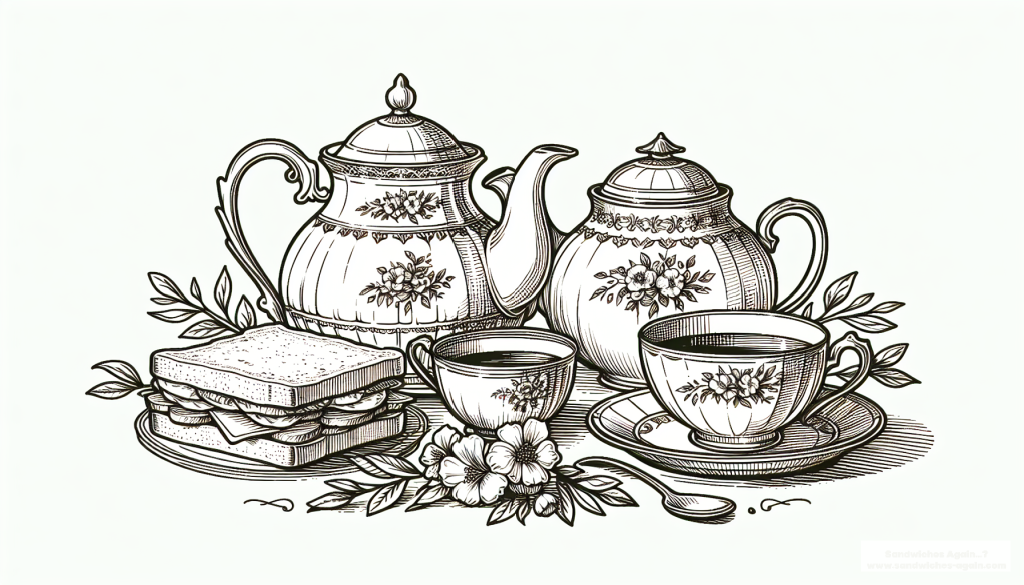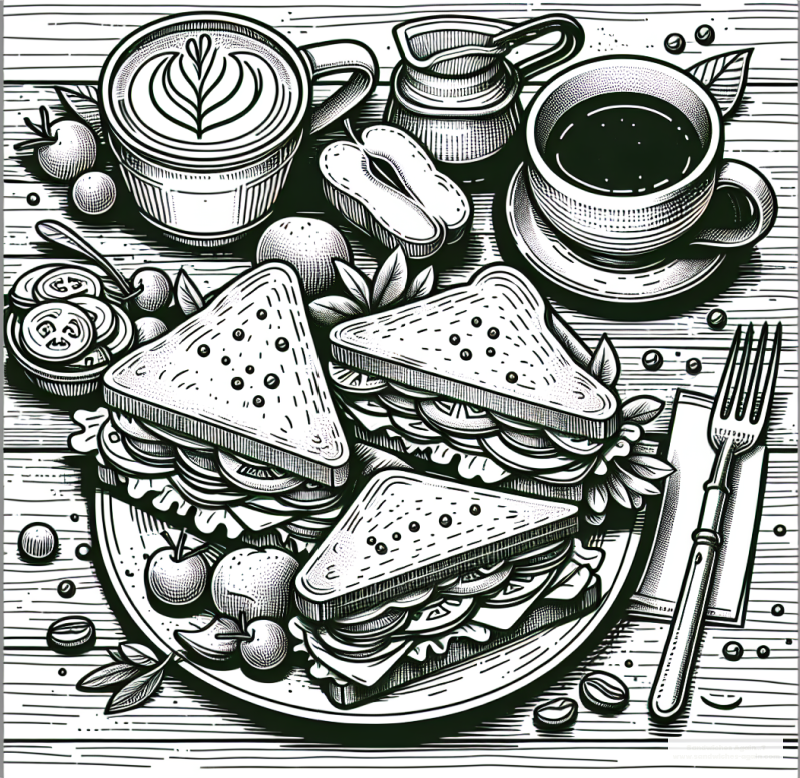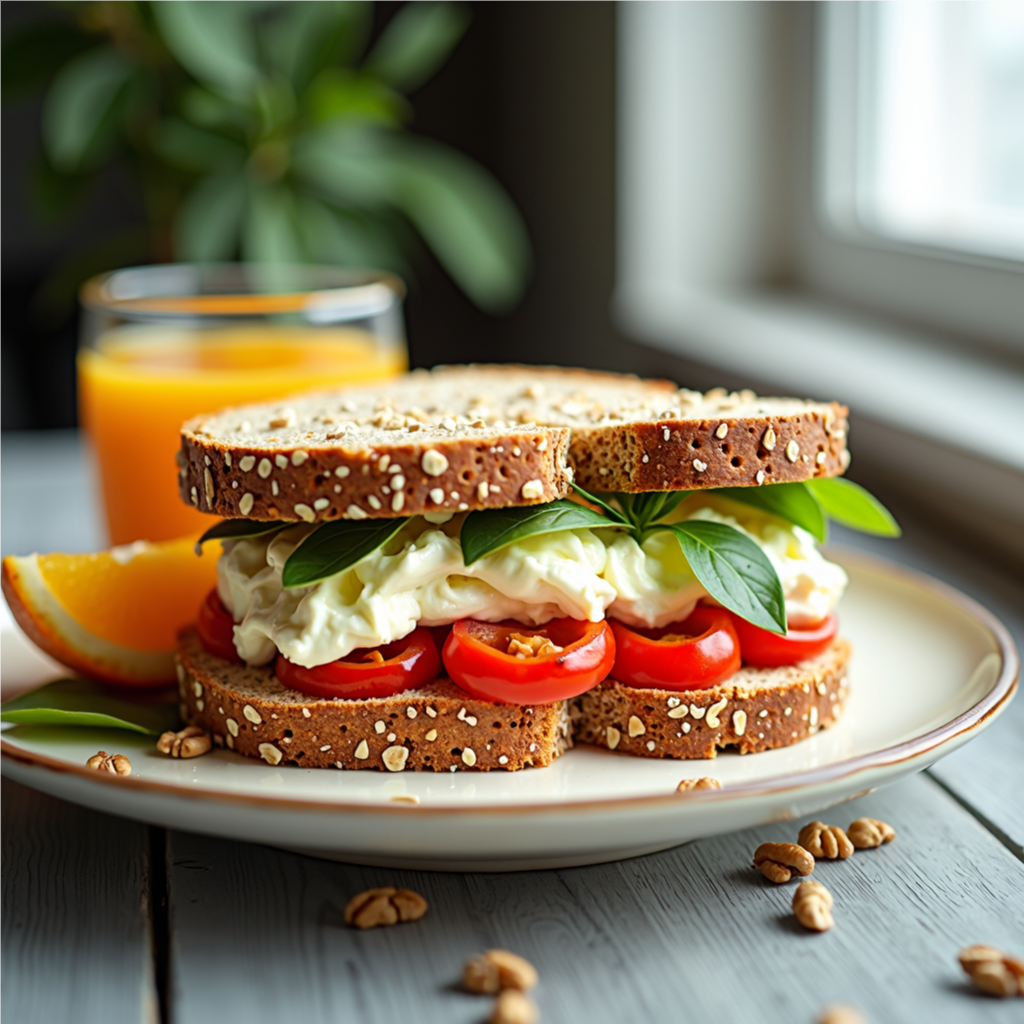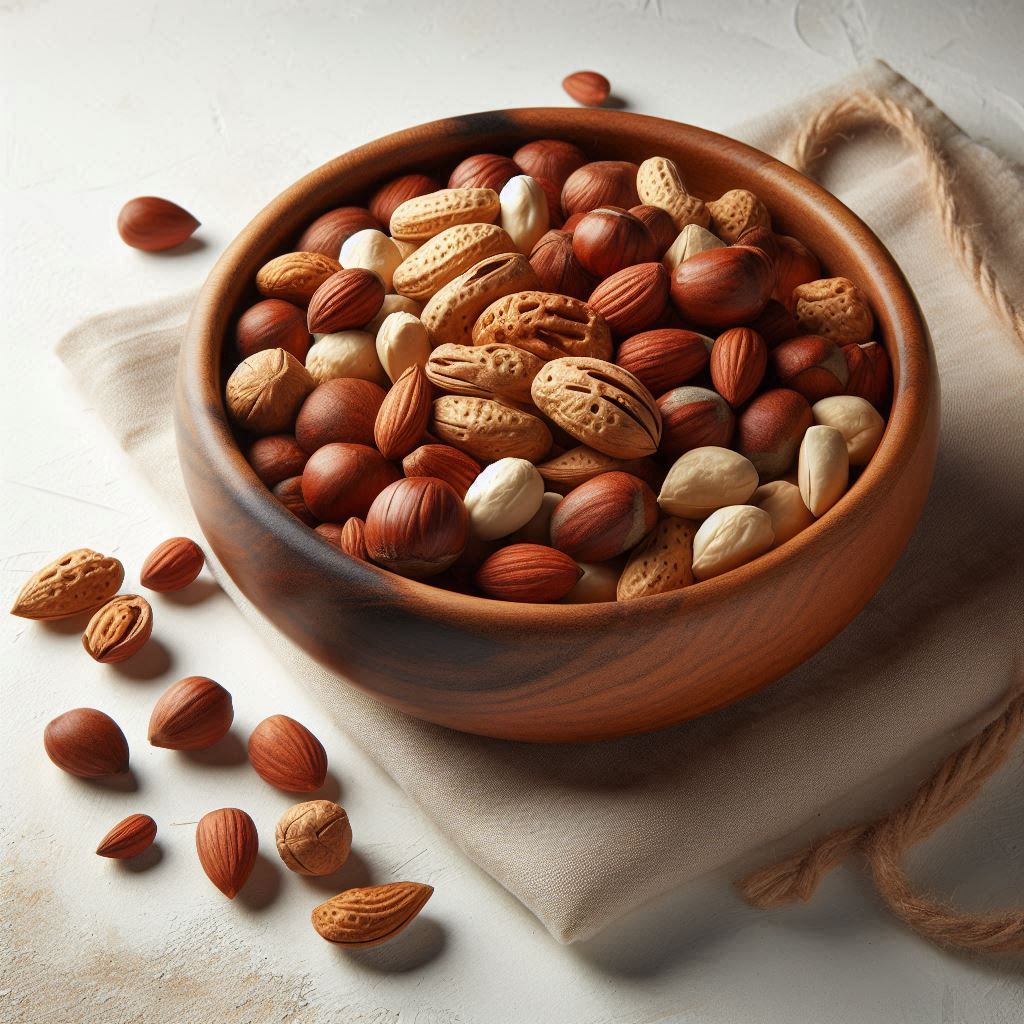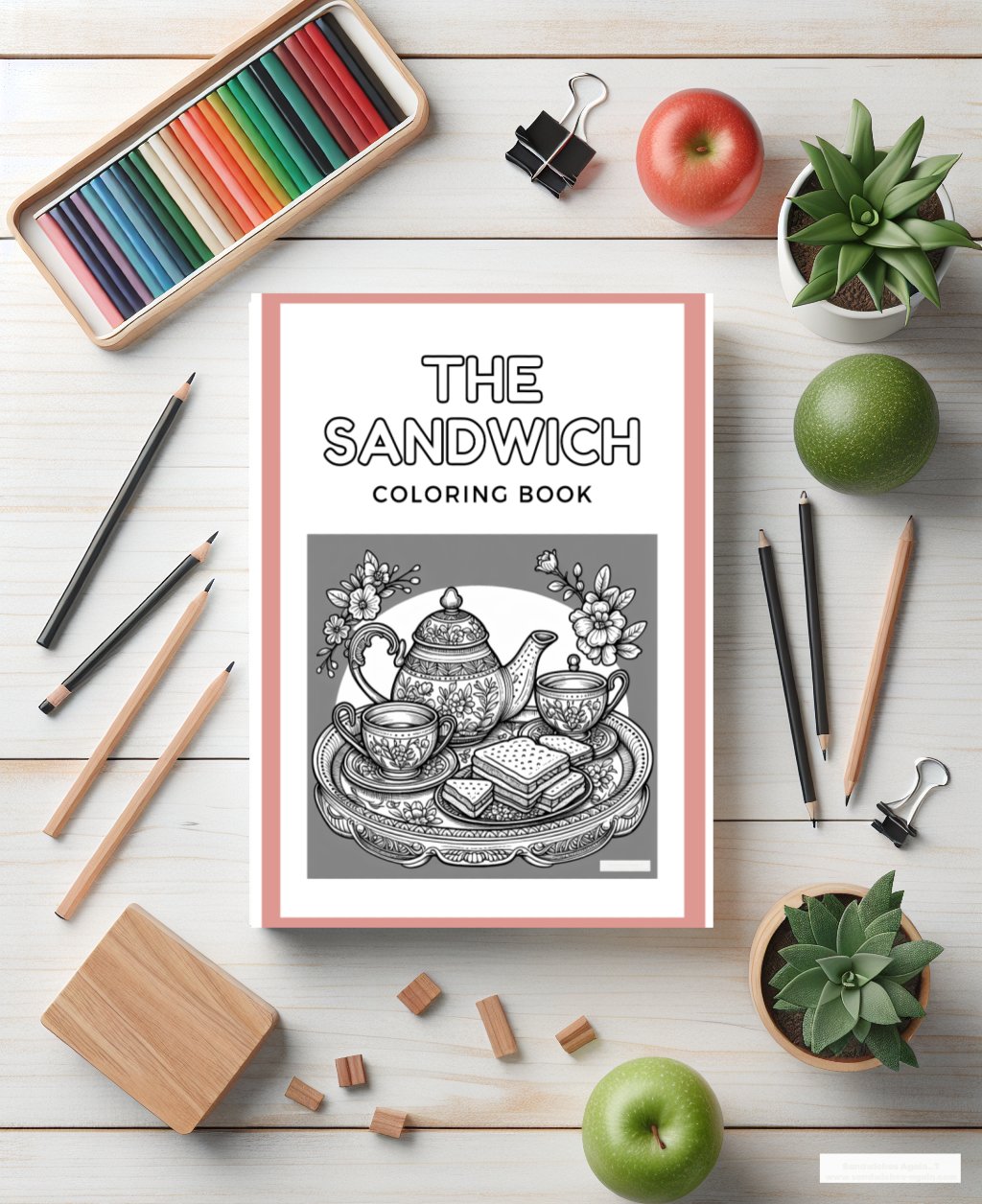The Sandwich Family
I love the term the sandwich family in this chapter of a cookbook which was published in 1924 and I'd like to share it with you. Chapter 14 (or XIV) defines what a sandwich is then goes on to explain what the different families are and the sandwiches in them.
So here we go, in the words of Ida C. Baily Allen (with a few small edits - not many):
Chapter XIV
Sandwiches
The term "sandwich" always implies the use of bread or a substitute, such as crackers or, in some instances, cake, combined with a filling that will harmonize. Up to a few years ago the two layers of the bread or its substitute were always used in sandwich making, the filling being put between. But the idea of the sandwich has undergone a change, many sandwiches now being made with but one layer of the bread, which really acts as a foundation.
From this slant, then we have two types of sandwiches: the first, the closed sandwich-the second, the open sandwich. In reality, this type evolved from the canape and I have always suspected that it could be traced to those who, wishing to reduce, desired to eat less bread!
The Sandwich Family
The family of sandwiches is constantly growing; a few years ago sandwiches were used mostly at picnics, afternoon teas, or for lunch-cart service, and were usually cold and not particularly interesting; they have grown in variety and number to such and extent that they are not only made in the most charming of our tea rooms and the most interesting of our delicatessen shops, but they are even appearing upon the best hotel and restaurant menus, the firm that can make the best and the most interesting sandwiches getting the trade.
In what way are these sandwiches used? Those of more substantial nature are used at luncheon or supper; those of more dainty type at afternoon tea. There is no reason why we have to go to a tea room or a restaurant to obtain these new and interesting sandwiches, for they are easily made and are well suited to home service; many of them, in fact, are literally a meal in themselves, and if they are served at luncheon or supper, or for Sunday night supper with an accompaniment of coffee, tea, or cocoa-according to the type of sandwich-and a bit of fruit, the meal is balanced and no service is necessitated.
Many seem to feel that the making of sandwiches is difficult and takes considerable time. It really takes less time than it takes to prepare a whole meal and to serve it. If it is desirable to serve sandwiches at the family lunch, they can even be made at the table, as they are in Denmark-a pretty bread board and bread knife, a loaf of the right type of bread, and the right filling being put upon the table-the homemaker making them up as they are needed. In this way there is no waste.
But what is the real classification of the sandwich family?
I
(Savoury Sandwiches in the Sandwich Family)
Savoury sandwiches made with a foundation of yeast bread; any desired type of crackers, left-over corn bread or muffins, split; hot or cold baking-powder biscuit, split; pastry.
(a) Dainty Cold Sandwiches: These are always small and thin and are used for service when only a "bite" is desired as at receptions, afternoon teas, or as an accompaniment to the salad course.
Examples: Chicken paste sandwiches; pecan cheese sandwiches.
(b) Substantial Cold Sandwiches: These are rather large in size, the bread, however, being cut not more than a fourth-inch thick; the full size of the loaf is generally used.
Examples: Sliced ham and currant jelly sandwiches; Chauve Souris sandwiches. These are used as the substantial course at luncheon, supper, or an after-theater supper.
(c) Toasted Sandwiches: These are generally substantial in nature and are used as the main course at luncheon, supper, or for after-theatre refreshments. The best example is the familiar club sandwich with many variations, such as egg club sandwiches. However, many other sandwiches are toasted, the daintier type being used for afternoon tea, such as toasted Melba sandwiches, or toasted ham-paste sandwiches.
(d) Fried Sandwiches: These are made rather small and really partake of the nature of French toast. They usually have a savoury fish or meat filling and are always served as the main course at luncheon, supper, or for late evening refreshments. They are well adapted to chafing-dish cookery.
Examples: Tongue paste and green pepper sandwiches.
(e) Sandwiches with Hot Fillings: These are always substantial and are made of the desired type of bread, cut full size of the loaf, toasted or not, as desired. They are used as the substantial course at luncheon or supper. The best examples are creamed chicken sandwiches, roast beef sandwiches, Hamburg steak and gravy sandwiches.
II
(Sweet Versions in the Sandwich Family)
Sweet sandwiches made with a foundation of bread of the right type--rolls, rusks, buns, or crackers, slightly sweetened buscuits, crisp ginger snaps, or plain or sponge cake, according to the type of sandwich desired. Such sandwiches may serve as the dessert course at luncheon or supper; may be used at afternoon tea or late evening refreshments, or at receptions, and in certain instances, as with an ice-cream or sponge cake sandwich, they are suitable for dessert at luncheon, dinner, and son.
Frequently, the sweet filling is combined with something rather bland, yet a bit savoury, as cream or cottage cheese, or plain chopped or toasted chopped or groun nut meats. Sometimes the sweet idea is carried in the bread itself, a sweetened nut bread, raisin bread, fig bread, or date bread being used as the base.
(a) Ham, Jelly, or Conserve Sandwiches: These are usually made with a foundation of white bread, entire-wheat bread, or nut bread in case the conserve contains no nuts--the bread being spread with butter or cream cheese, or, if the filling is rather tart, the bread may be spread with equal parts of peanut butter and plain butter creamed together. Crisp crackers may be used instead. of bread.
(b) Toasted Sweet Sandwiches: These are invariably made of white or entire-wheat bread, spread with creamed butter and with a filling of the desired jam, jelly, or marmalade.
(c) Fruit Sandwiches: These are made of white or entire-wheat bread spread with creamed butter and filling of slightly crushed strawberries, raspberries, sliced peaches, or shredded pineapple mixed with a hint of sugar. The bread should first be buttered, then, if desired, marshmallow paste or cream cheese may be used. If this is done the fruit juices will not soak into the sandwiches; they should be served as soon as made.
(d) Confection Sandwiches: These are usually made of crackers and are put together with uncooked or cooked icings into which chopped dried fruit--suh as figs, dates, or raisins--has been stirred. If desired, plain chocolate or orange frosting may be used.
(e) Sandwiches with a Cake Base: These are used for afternoon refreshments, or for dessert at dinner, luncheon, or supper. The best examples are sponge cake put together with jam or jelly and cut thin; sponge cake put together with sliced brick ice cream, served with or without a sauce.
Using Left-over Sandwiches
Savoury sandwiches that do not contain lettuce or other salad green may be toasted or fried.
Sweet sandwiches with a jam, jelly, or marmalade filling may be toasted, or may be crumbled up and used as a foundation for a baked or steam bread pudding.
Preparing Sandwich Fillings
Sliced Meat
The meat should be sliced very thin and the fat should be largely removed; only very tender meat should be used.
Minced Meat
Sandwiches of this type are preferable to sliced meat, for they are easy to eat and do not dry out so quickly. Meat which is in small pieces may be utilized in this way, also meat that is not tender enough for slicing. The best way to mince the meat is to put it through the food chopper. It must always be mixed with a moistening agent, the choice depending upon the type of meat.
Fish
Sliced fish may be used if it is of the right type, such as wafer slices of smoked salmon or sturgeon. Sliced salmon or tuna-fish loaf is also suitable if the slices fit the slices of bread.
Generally speaking, the fish should be minced. the best way to do this is to place the fish on a plate and shred it with a silver fork. Minced fish must always be mixed with proper seasonings.
Meat or Fish Paste
The meat of fish should always be put through the food chopper, then rubbed through a puree sieve, or put through a potato ricer.
Salad Paste
Prepare as for meat or fish paste, adding mayonnaise to moisten.
Salad Sandwich Fillings
As most salad sandwiches are eaten with a fork the filling ingredients may be minced or chopped fine by means of a chopping bowl and knife.
Nut Fillings
The nut meats should be ground fine by means of the food chopper.
Suggested Sandwich Seasonings
Meat Sandwiches
Meats of strong flavour, such as beef or lamb, may be combined with a pronounced seasoning, as horseradish, chili sauce, catchup, Worcestershire sauce, onion or onion juice, chives or parsley, celery, pickles, or mustard.
Meats of daintier flavour, as chicken, turkey, and very well-cooked ham, may be combined with a hint of parsley, celery, tart jellies, or a very little pimiento.
Lettuce harmonizes with all types of meats, so does salad dressing, or a rich cream sauce.
Fish
Fish cries out for a tart seasoning, such as lemon or lime juice, celery or celery salt, a salad dressing, or chili sauce.
Cheese
Unless cheese is of very strong flavour it may be combined with made mustard, chili sauce, chives, and Worcestershire sauce.
Fruit
These sandwiches should be slightly sweetened and seasoned only with a little lemon, lime, or orange juice.
I hope you enjoyed reading this chapter about the sandwich family.
Some of the terms are a little strange, like meat paste, however, as a historical fiction lover, I love the wording. Even referring to categories of sandwiches as the sandwich family is an interesting way of putting it. In a way, it takes me back to that time when Ida was writing the book. It's cool. We get a little piece of history, one that our parents or grandparents may have lived.
If you'd like to do a little exploring for more vintage cookbooks, check out this site. (Link will open a new window).
A quick word. This page may contain affiliate links.
|
Dear Friends, "Sandwiches Again? is a participant in the Amazon Services LLC Associates Program, an affiliate advertising program designed to provide a means for sites to earn advertising fees by advertising and linking to Amazon.com." |
We'd also like you to know it doesn't cost you anything when you click through the links here on our blog. Not one single penny. And we will make a little extra cash when you do click through. We'll be ever so appreciative. You also have our word that we'll only link to things that we would use ourselves, (or wish we could have). |
New! $5
The Sandwich Coloring Book!!
The Sandwich Coloring Book is a PDF book that you can download and print out the pages to color. You and your children will love the intricate pictures featuring all kinds of sandwiches. From peanut butter and jelly, to leftover turkey sandwiches! There's a grilled cheese sandwich with tomato soup and even a pretty tea set with dainty tea sandwiches. And we're sure you'll love our cute little Sandwich Guy as well - so cute!!
Have fun printing out any of the 21 coloring pages to color over and over again. If you love sandwiches, you'll love this fun coloring book.
You will get a PDF (23MB) file


